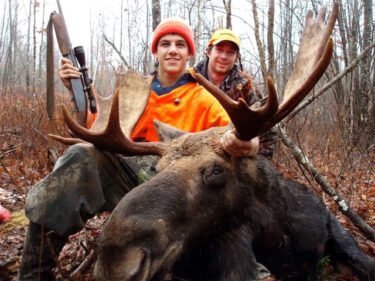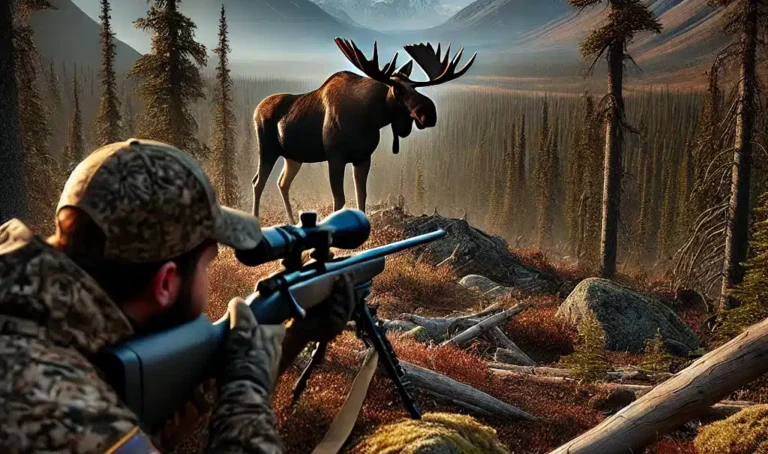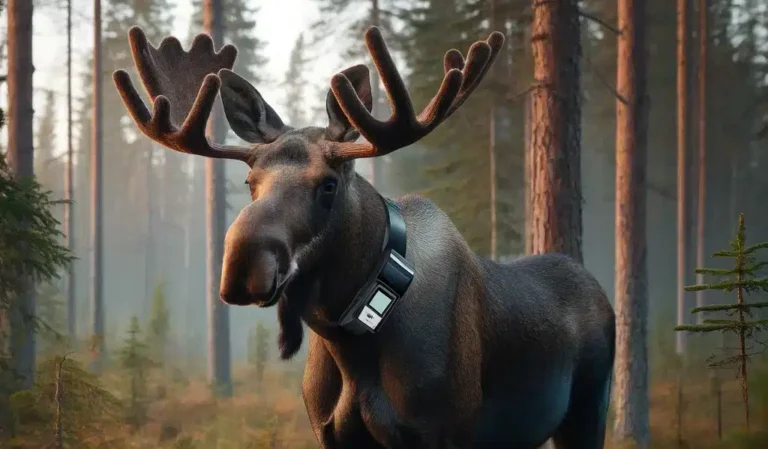Moose encounters, often underestimated, pose real dangers, particularly in areas where these large mammals roam freely. These encounters can range from accidental run-ins with protective mothers to unexpected meetings with territorial males, especially during the mating season. Besides physical confrontations, the risk of vehicular collisions with moose is a significant concern, necessitating a proactive approach to safety. You don’t want to get caught without moose safety gear, do you? Read on!
Essential Strategies for Safe Moose Encounters
Understanding Moose Behavior and Body Language: Learning to read a moose’s body language is key. Signs of agitation like raised hackles, pinned-back ears, or head tossing are cues to back off.
Maintaining a Safe Distance: Always keep a safe distance from moose, ideally 50 feet or more. This is crucial in dense vegetation or confined spaces.
Avoiding Sudden Movements and Noise: Moose are easily startled, so it’s important to move calmly and quietly around them, avoiding sudden gestures or loud sounds.
Moose Deterrents and Protective Clothing
- Noise Makers: Equip yourself with bear bells or noise-making devices to subtly alert moose of your presence.
- Air Horns/Whistles: These can be handy in deterring an aggressive moose.
- Protective Clothing: Wear sturdy hiking boots for terrain navigation, and opt for long-sleeved shirts and pants made from durable materials like nylon or polyester. Bright colors improve visibility in the wild.
Advanced Moose Safety Gear for Specific Situations
- Bear Spray: A versatile deterrent, effective against aggressive moose. Keep it accessible and practice using it.
- Electric Fences: Ideal for campers in moose territories, providing a safe barrier.
Specialized Gear for Specific Activities
- Wildlife Photographers: Camouflage clothing with scent-blocking technology and tripods with quick-release mechanisms.
- Winter Gear: Insulated, waterproof gloves, and snowshoes or crampons for snowy environments.
The Importance of Properly Fitted Gear
Fitted gear is essential for mobility and comfort. From well-fitted boots to snug gloves, the right size and fit of gear can make a significant difference in safety and comfort during moose encounters.

Conclusion
By understanding moose behavior, maintaining distance, using deterrents wisely, wearing protective clothing, and selecting the right gear for specific conditions, you can safely enjoy the wilderness shared with these majestic creatures. Always remember, preparation and knowledge are your best tools in wilderness safety.





